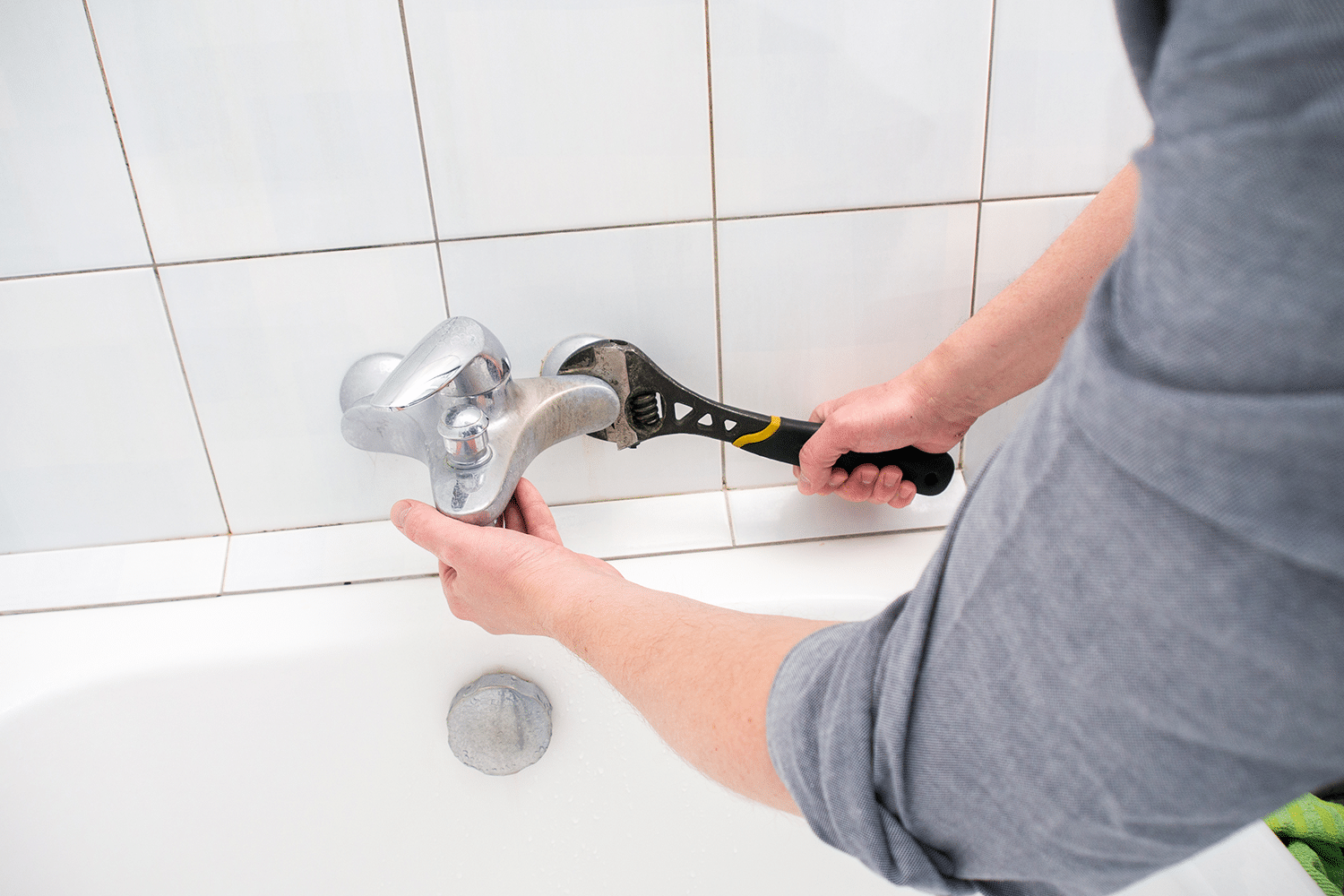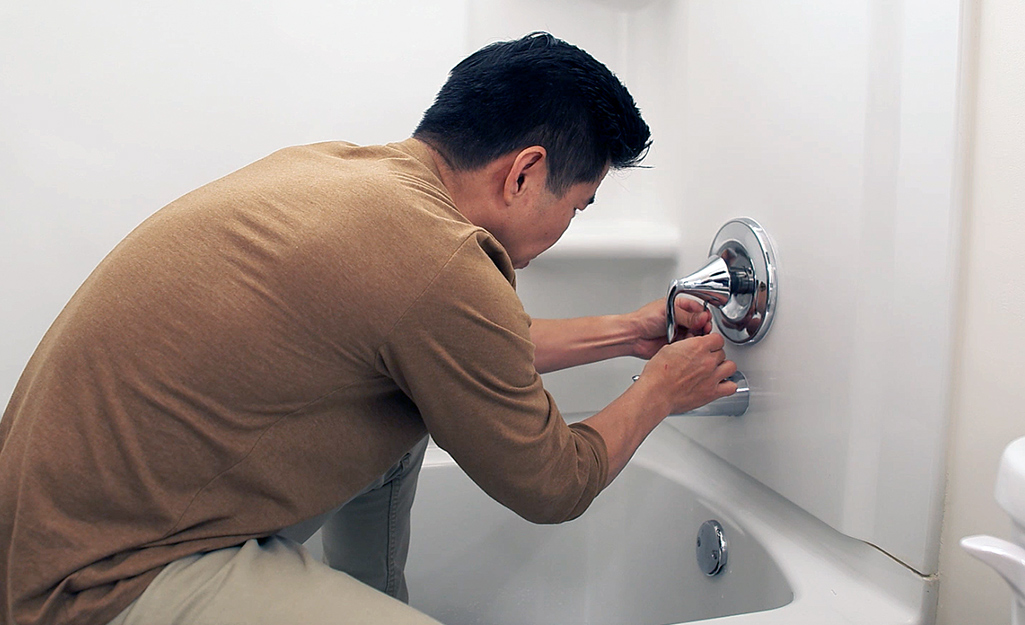The Relevance of Addressing a Faulty Faucet
The Relevance of Addressing a Faulty Faucet
Blog Article
What are your thoughts about Should I Repair or Replace a Leaky Faucet??

Trickling faucets may seem like a minor trouble, however their impact goes beyond simply the nuisance of the noise. From drainage to sustaining unnecessary monetary costs and wellness threats, disregarding a dripping tap can bring about numerous repercussions. In this write-up, we'll look into why it's essential to resolve this common family issue promptly and successfully.
Wastage of Water
Ecological Effect
Dripping faucets contribute considerably to water waste. According to the Environmental Protection Agency (EPA), a solitary tap dripping at one drip per secondly can lose greater than 3,000 gallons of water per year. This not just pressures water resources however likewise impacts communities and wildlife depending on them.
Step-by-Step Guide to Taking Care Of a Dripping Faucet
Tools Required
Prior to trying to deal with a dripping tap, gather the required devices, consisting of a flexible wrench, screwdrivers, replacement parts (such as washing machines or cartridges), and plumber's tape.
Typical Faucet Issues and Their Solutions
Identify the type of faucet and the particular issue causing the drip. Usual issues consist of worn-out washing machines, rusty valve seats, or defective O-rings. Refer to maker guidelines or on the internet tutorials for detailed assistance on repair work.
Financial Costs
Enhanced Water Bills
Past the ecological impact, dripping faucets can blow up water costs considerably. The collected wastefulness gradually converts right into greater energy costs, which might have been stayed clear of with timely repairs.
Possible Property Damage
Additionally, long term dripping can result in harm to fixtures and surface areas surrounding the faucet. Water buildup can trigger discoloration, rust, and even structural concerns if left neglected, resulting in extra repair work costs.
Health Problems
Mold and Mildew Development
The consistent presence of moisture from a dripping tap develops an excellent atmosphere for mold and mildew and mildew development. These fungis not only jeopardize indoor air top quality yet also pose wellness risks, specifically for people with breathing problems or allergic reactions.
Waterborne Diseases
Stationary water in dripping taps can come to be a breeding place for germs and various other microorganisms, increasing the danger of waterborne diseases. Contaminants such as Legionella germs thrive in stagnant water, possibly resulting in significant diseases when consumed or inhaled.
DIY vs. Expert Fixing
Advantages and disadvantages of Do It Yourself Repair
While some may attempt to deal with a trickling tap themselves, do it yourself repair work feature their very own collection of obstacles. Without proper knowledge and tools, DIY efforts can exacerbate the issue or bring about insufficient fixings, prolonging the trouble.
Advantages of Employing an Expert Plumber
Hiring a specialist plumber guarantees that the underlying cause of the leaking tap is dealt with properly. Plumbers have the knowledge and tools to identify and fix faucet concerns efficiently, saving time and decreasing the risk of additional damages.
Environmental Obligation
Specific Contribution to Conservation
Taking duty for fixing leaking taps straightens with broader efforts toward water conservation and environmental sustainability. Every person's activities jointly make a significant impact on preserving precious resources.
Sustainable Living Practices
By prioritizing prompt repair work and adopting water-saving habits, individuals add to sustainable living methods that profit both present and future generations.
Preventive Measures
Regular Maintenance Tips
To prevent trickling taps, execute regular maintenance such as cleaning aerators, inspecting for leakages, and replacing worn-out parts immediately. In addition, consider installing water-saving tools or updating to much more reliable components.
Importance of Prompt Repairs
Dealing with dripping taps as quickly as they're observed avoids additional water waste and potential damages, ultimately saving both water and money in the long run.
Impact on Home Value
Assumption of Well-Maintained Building
Preserving a residential property in good condition, including resolving upkeep concerns like trickling taps, enhances its viewed worth and desirability amongst possible buyers or lessees.
Influence on Resale Worth
Properties with well-maintained plumbing fixtures, including faucets, command higher resale values in the realty market. Addressing leaking taps can add to a favorable perception throughout property inspections and settlements.
Final thought
Resolving a leaking tap surpasses simple benefit; it's a vital step towards preserving water, lowering monetary prices, and protecting health and home. Whether via DIY fixings or professional support, doing something about it to fix dripping faucets is a little yet impactful method to advertise liable stewardship of sources and add to a much healthier, more lasting future.
Why Are My Faucets Dripping (And Can I Fix it Myself)?
Causes of a Dripping or Leaking Faucet
Whether you’re hearing drops of water falling and hitting a sink, or noticing water ooze out from the base of the spout, you shouldn’t ignore a dripping or leaking faucet. And, the good news is, sometimes you can fix the problem yourself.
In this article, we’ll review a few common causes of dripping and leaky. We’ll also walk you through some basic ways to find the problem and handle it without calling anyone — and let you know when to call in a pro.
But, no matter what the cause, or whether you can handle it on your own, the sooner you address it, the better.
Each drip may be a tiny amount of water. But, they all add up quickly. According to the U.S. Geological Survey, one faucet losing one drop every 20 seconds — five a minute — wastes around a liter of water every day, and 173 gallons a year.
Add in more than one in your house, and it’s a lot of water to waste. So, we’ll help you get to the bottom of things quickly.
Four Reasons Your Faucet May Be Dripping
Aerator is Damaged or Unseated Valve Seat is Corroded O Ring is Loose or Worn Out Part of the Assembly is Loose Aerator is Damaged or Unseated
If you unscrew the end of your faucet, you’ll find the aerator. It’s the little stem piece with a screen on it that shuts off the water circulation.
If it’s damaged, or if it’s not sitting right, it will allow water to pass through.
Valve Seat is Corroded
Next is the valve seat, which is connected to the washer. If the washer wasn’t in place correctly, then it could have ground against the seat. Over time, this damages the valve seat.
The problem could also be corrosion: Over time, the part has worn out, and it’s now allowing water to pass through.
O Ring is Loose or Worn Out
Since the o ring is only a small rubber gasket, it’s a common reason why the faucet is dripping. You’ll find it at the base of the faucet, and it’s there to keep water from coming out where it’s not supposed to.
However, it’s common for the o ring to wear out over time. When it does, you’ll notice a drip.
Part of the Assembly is Loose
So far, we’ve looked at a few small, specific parts. But, the problem could be anywhere in the assembly if something’s out of place.
Even if a part isn’t damaged, over time, it may have become loose or dislodged. It could be the parts we mentioned, or the aerator at the tip of the faucet, the stem itself,
Can I Fix a Leaky Faucet Myself?
Depending on the problem, and how handy you are, there’s a chance you can fix a leaky faucet without calling a professional. But, you do run the risk of making the problem worse.
If it’s a small drip, you can certainly try a few troubleshooting tactics. We’ll walk you through them in a moment.
But, no matter what, your first step should be shutting off the water coming into the faucet. You should find a shutoff valve under the sink on the pipes leading to it. Turn each one clockwise until they close tightly.
Next, make sure you have the right tools for whatever you’re attempting. It’s tempting to make do with what you have. But, you need the right ones for a reason: You’re often dealing with small parts that can break if you handle them carelessly.
If you’re feeling confident, here are some places to start.
Items Near the Tip of the Faucet
A few of the parts we mentioned — particularly the valve seat and washer — are located at the tip of the faucet where the water comes out. They’re easy to access, making it a good place to start.
Check the O Ring
To check the o ring, you’ll need to take off the spout at the base. It’s easiest on kitchen sinks with long spouts, versus the smaller, bulkier base on most bathroom sinks.
Either way, this can be tricky, so do it carefully and don’t force anything. If it’s not coming right off, you’re much better off calling in a pro than possibly breaking something.
For a kitchen sink, there’s usually a nut or coupling assembly at the base of the spout. These often slide off easily without using any tools.
Once you’ve disassembled those parts, gently but forcefully twist off the spout.
Then, you can see the o rings. There should be two of the rubber gaskets on the base. If they look worn or damaged, replace them, and see if that solves the problem.

We are very curious about and I'm hoping you liked the new article. Enjoyed our piece? Please share it. Help others check it out. I take joy in your readership.
Report this page